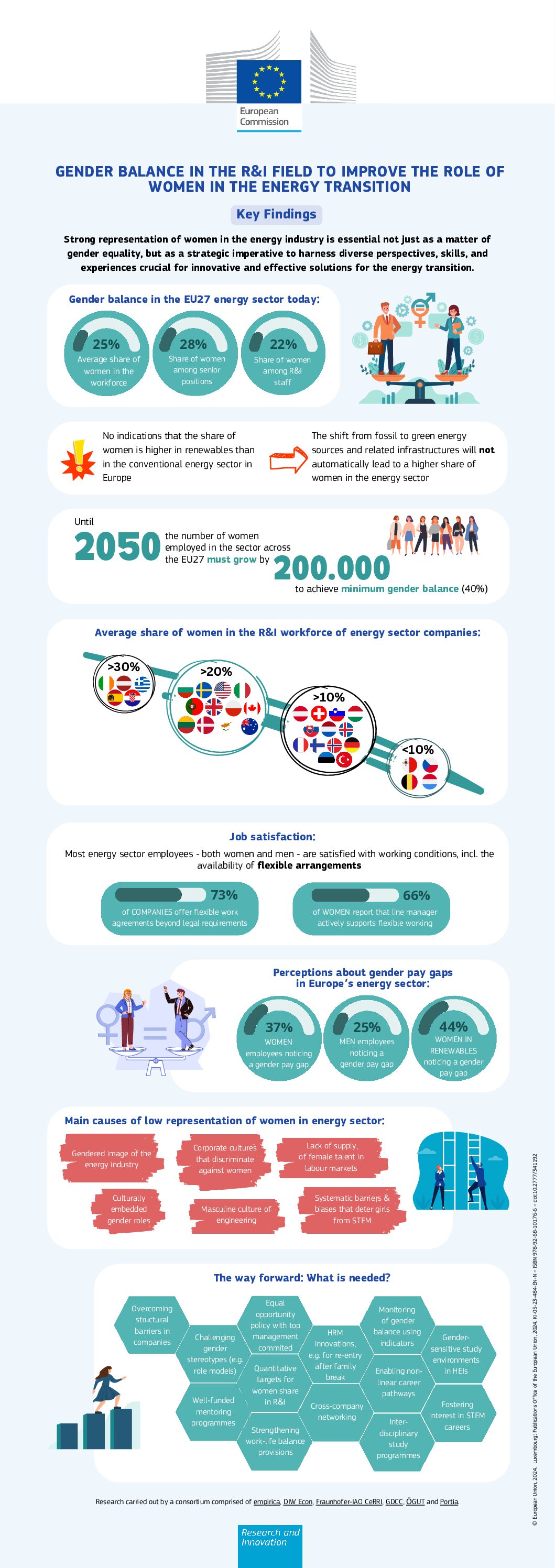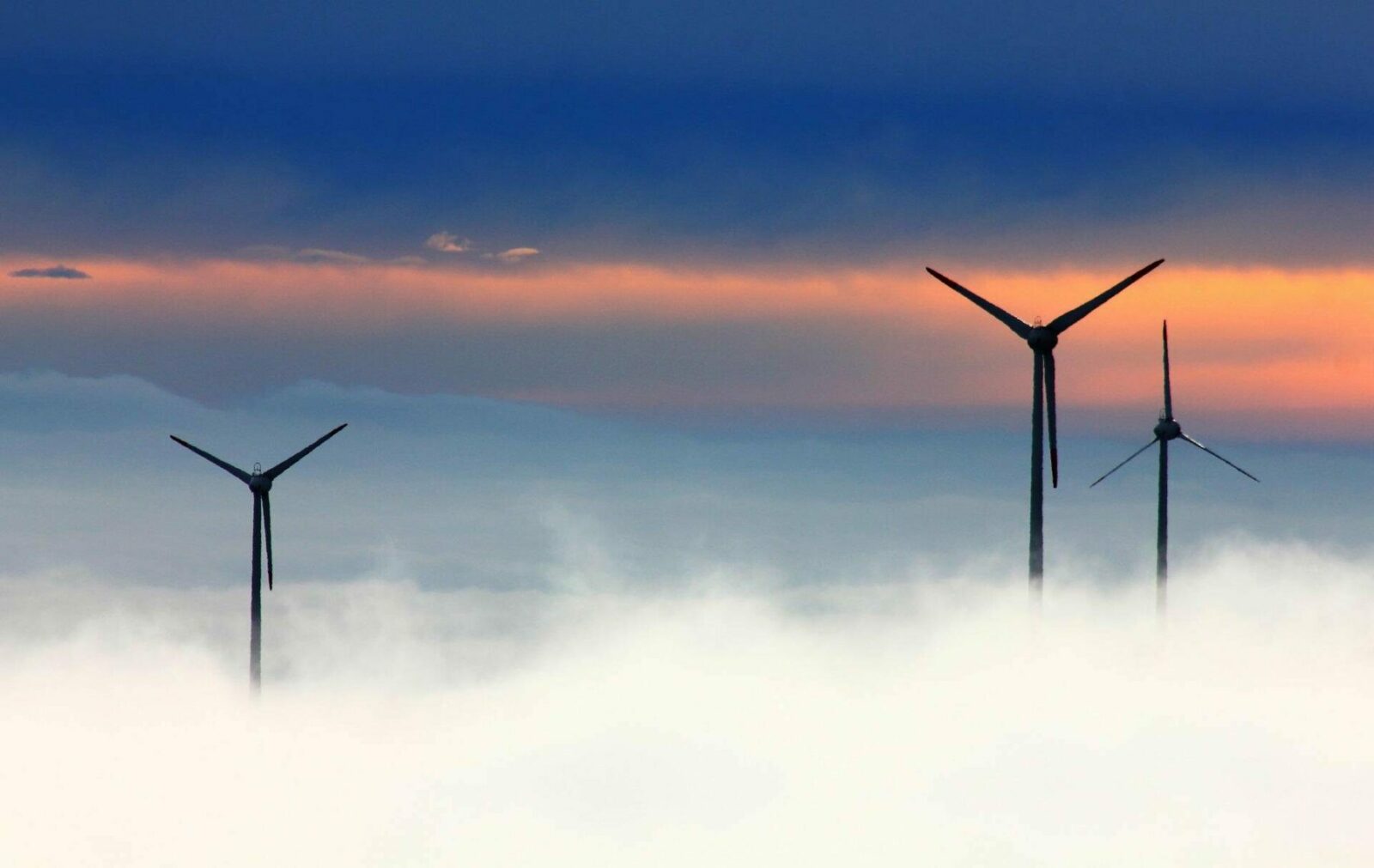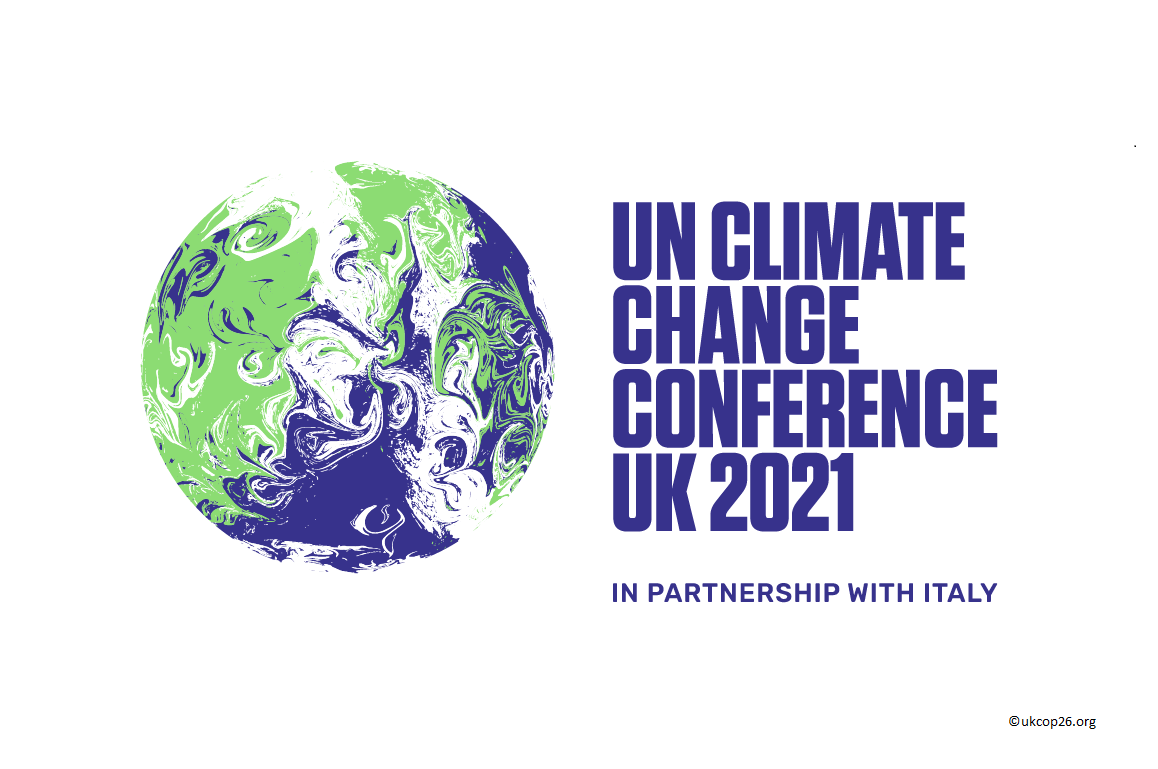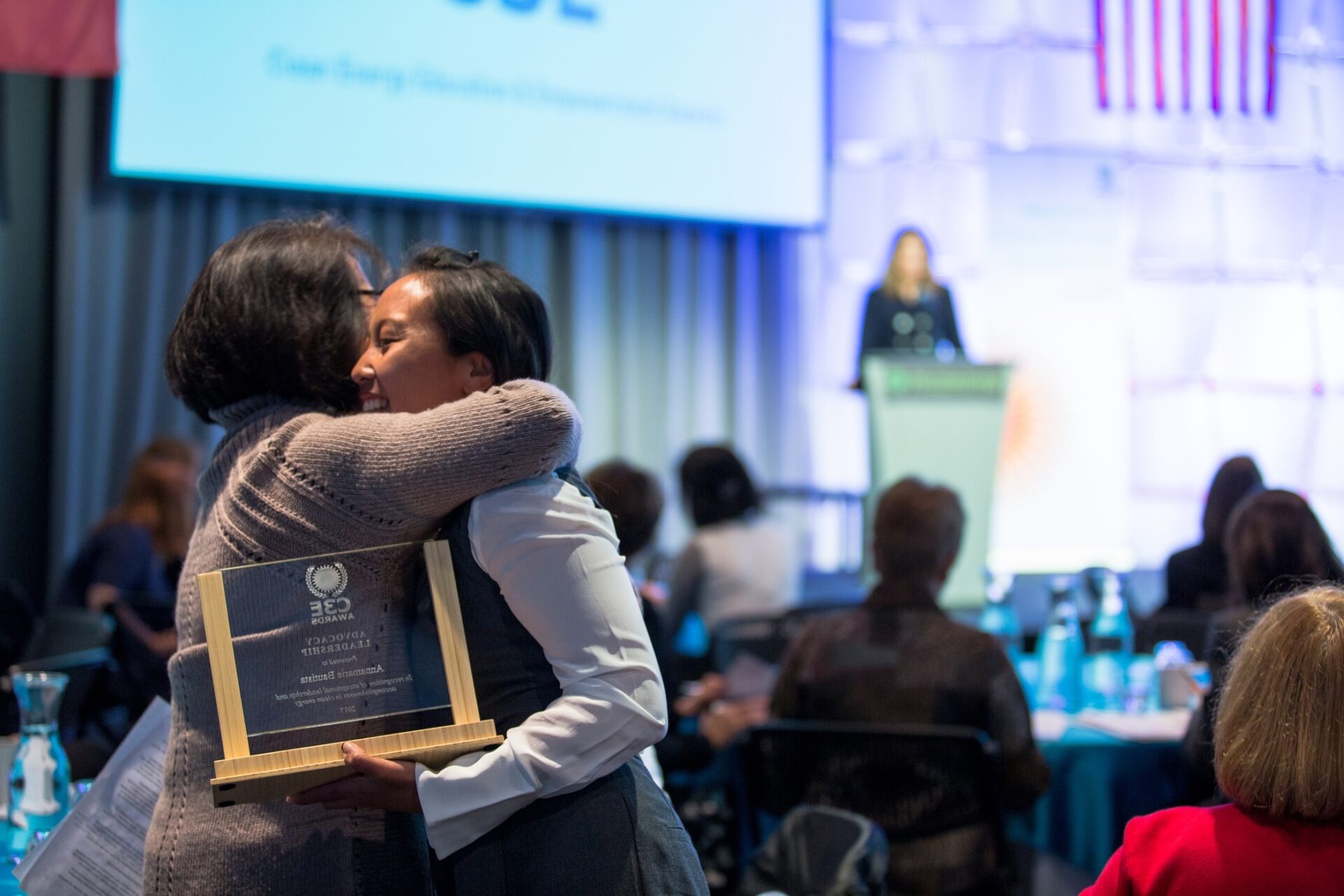 Adobe Stock
Adobe Stock
Tuula Mäkinen, Vice President, Smart energy and built environment
VTT Technical Research Centre of Finland Ltd.+
Our challenging journey towards carbon-neutral economy requires increasingly different kinds of skills. It also requires all the best talents for developing and implementing new clean energy innovations. However, women still represent only 25% of the workforce in the energy sector in Finland, globally even less.
The number of jobs in the clean energy sector is growing fast. According to the International Energy Agency IRENA[1], jobs in renewable energy would grow from the current 11.5 million to 30 million by 2030, and 42 million jobs by the year 2050. The clean energy sector may face the hindering of the progress due to a lack of talents. Several studies indicate that gender diversity increases profits and value creation.
Clean Energy Education & Empowerment (C3E) collaboration offers an excellent international forum to exchange ideas and best practices about how to educate, empower and recruit the best talents to the growing clean energy sector.
Which kind of image do we give of the energy sector? Does it still look too much technology-oriented, or like a men’s world? The future of energy is not only about technologies, but also about social and human sciences, service design, and new business models. Novel ways of cooperation between different sectors and stakeholders have been introduced.
We need more information and role models to show different opportunities for different education backgrounds in the sector. We should make sure that all kinds of people and roles are visible. There are many of us, who feel privileged to be able to participate in accelerating the shift towards a carbon-neutral energy system. Why not share and show our enthusiasm to a wider audience?
It is important to share information from industry, universities, and research organizations to also reach younger generations, like students in secondary education. According to a recent survey[2] of Economy and youth TAT, in Finland e.g. 51% of male high school students indicated to be very interested or quite interested in working in the energy industry, while the corresponding figure of female students was only 17%.
When I think of myself making career plans as a young high school student, I remember a girl loving mathematics, physics, and chemistry. The girl who had already much earlier decided to apply to Helsinki University of Technology, but in fact with quite limited information about different technology fields and career opportunities.
We should not forget that in addition to attracting new talents it is as important to retain the talents already working in the sector. Are there some patterns that cause women to leave the sector? Global data indicates that we are still not able to offer promotions and similar career opportunities for women as we do for men. How can we work differently in the sector to avoid these patterns?
The energy business is changing faster than ever. We need rapid evolution towards carbon-neutral society. Novel skills, different kinds of talents, continuous and versatile education are essential in responding to the needs.
[1] IRENA, Renewable Energy and Jobs – Annual Review 2020
[2] https://www.tat.fi/julkaisut/tat-nuorten-tulevaisuusraportti-2020/





